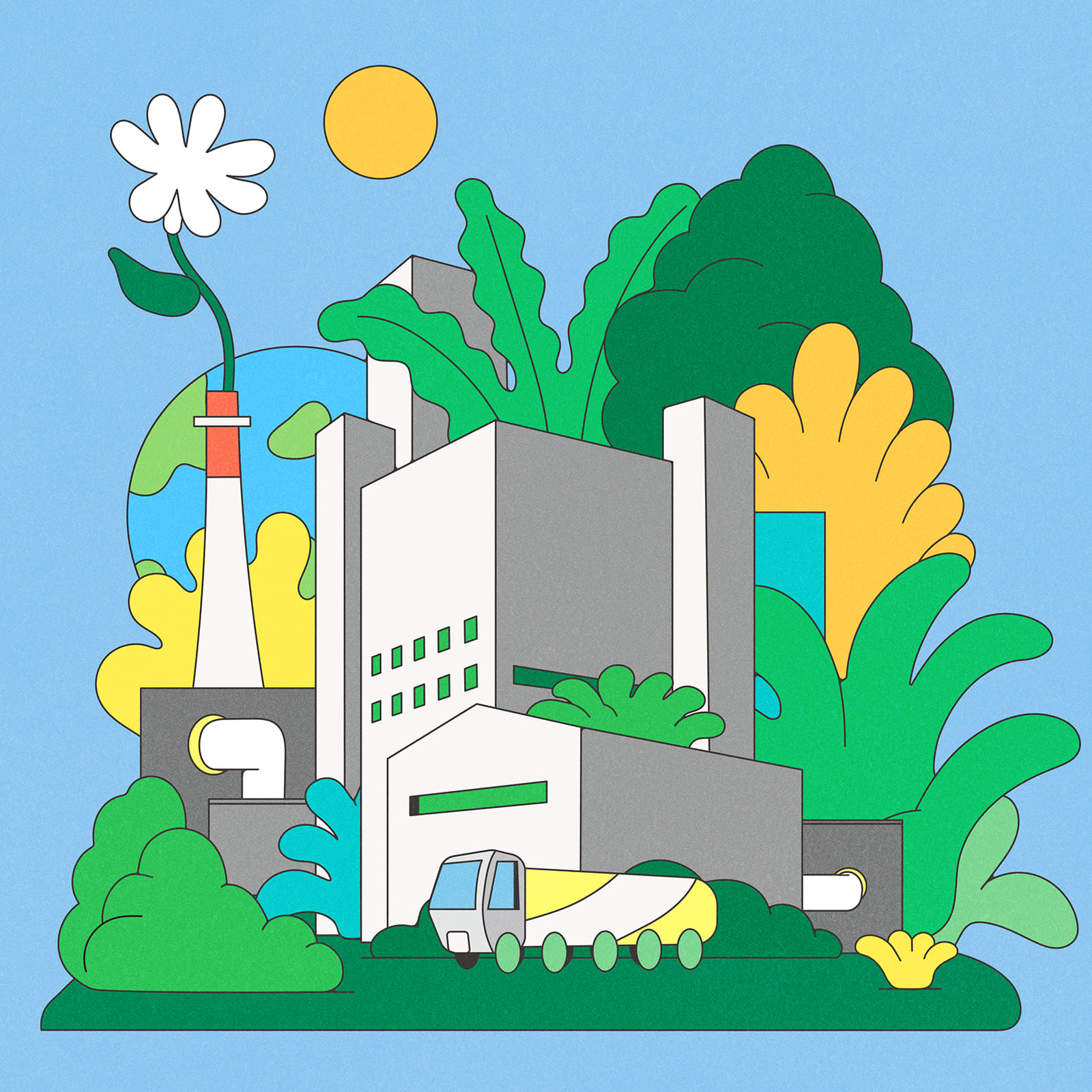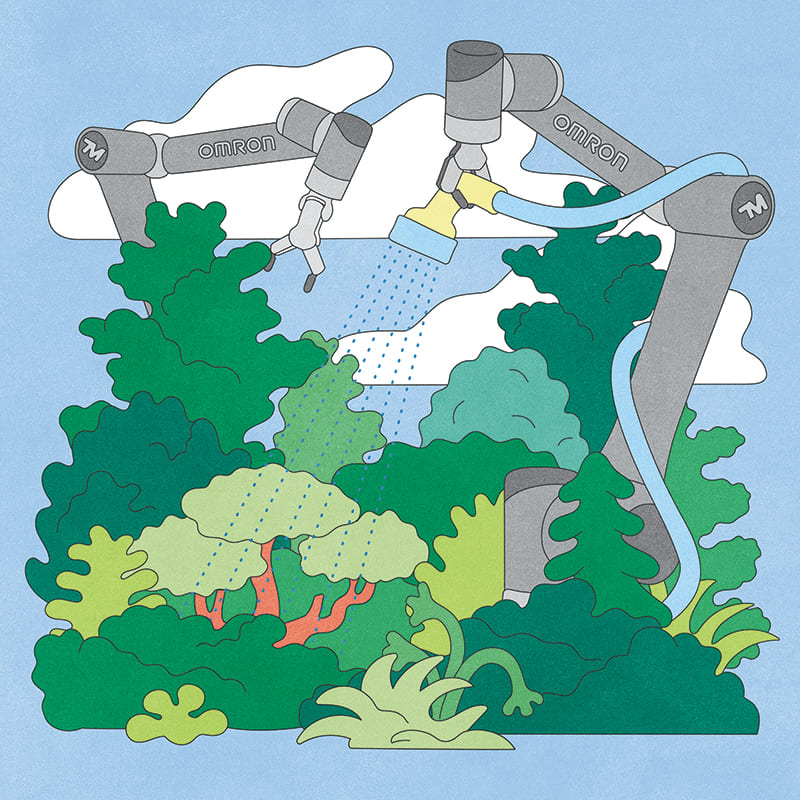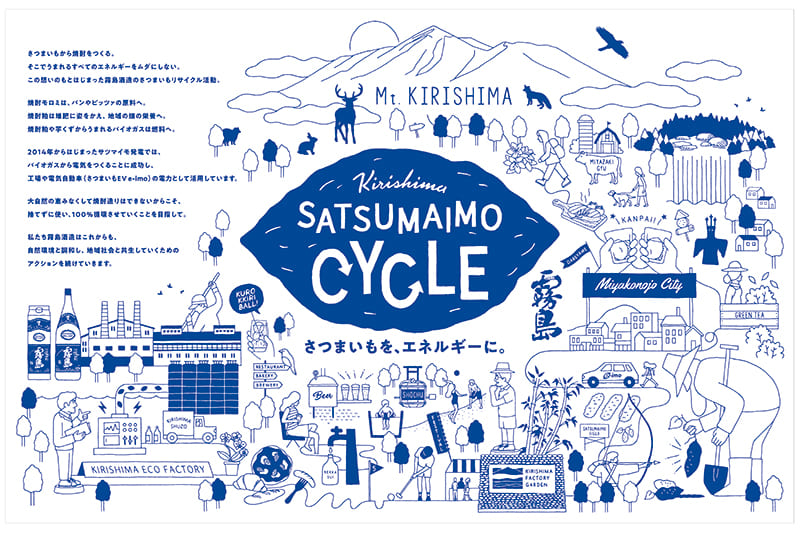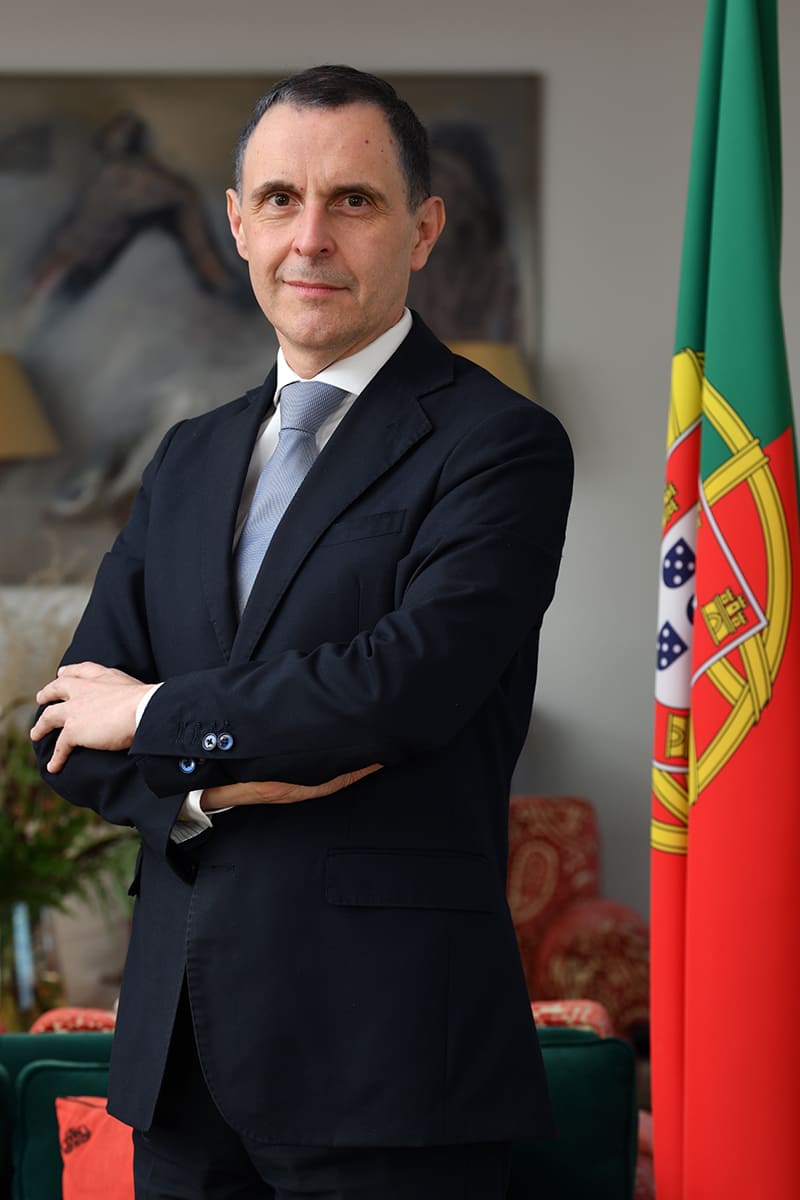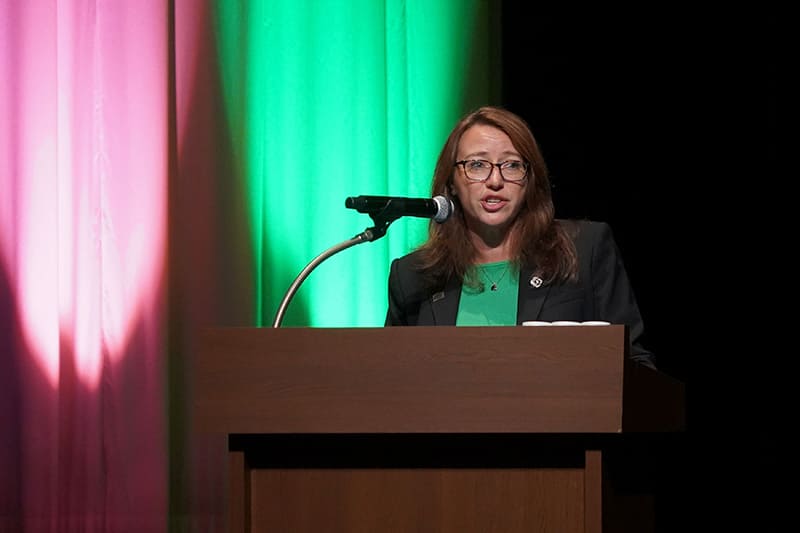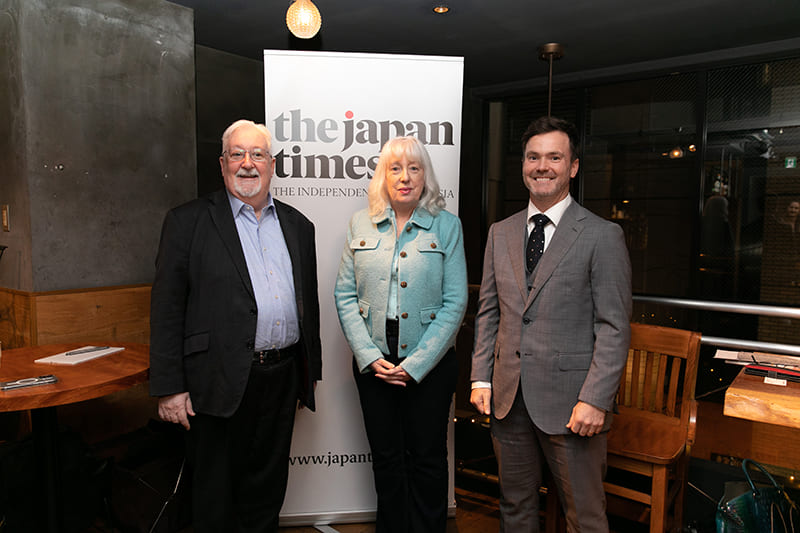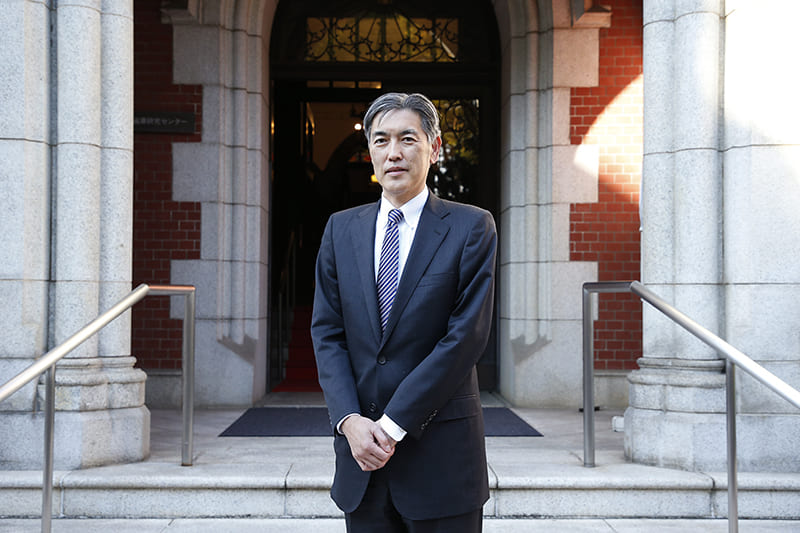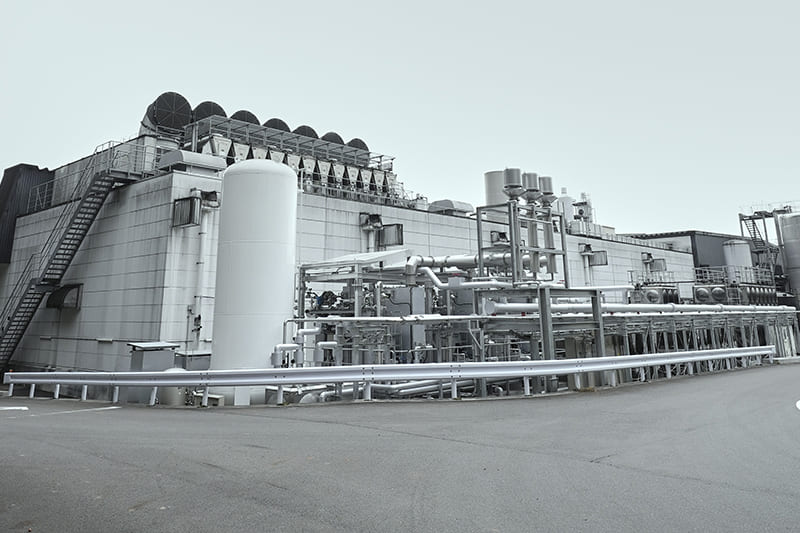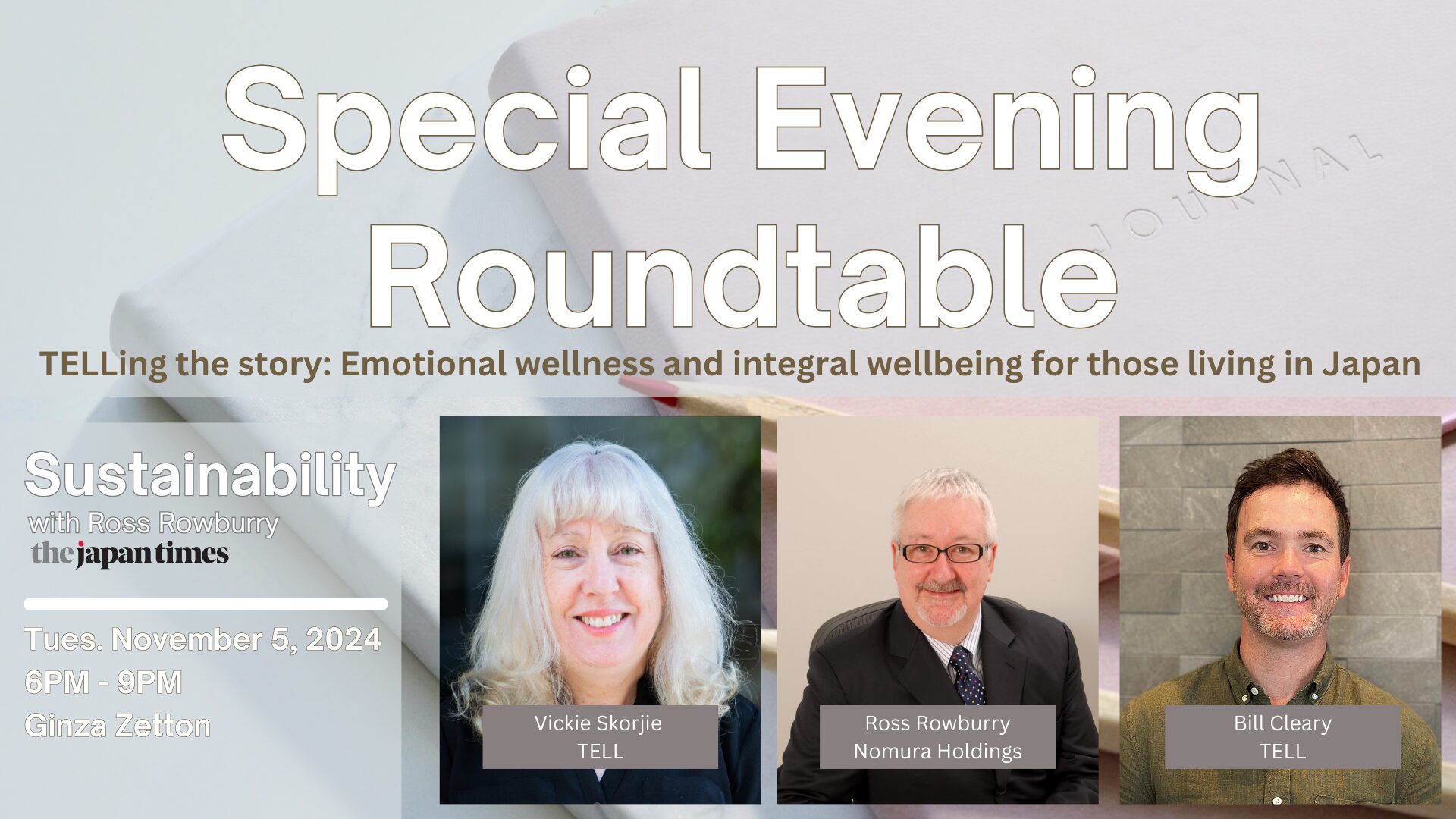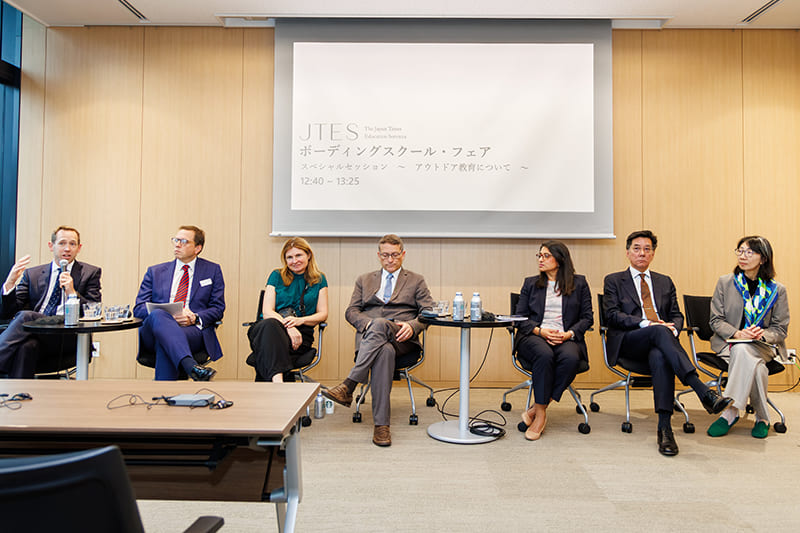October 24, 2025
SoftBank takes on net-zero emissions challenge
VOL. 19: SoftBank Corp.
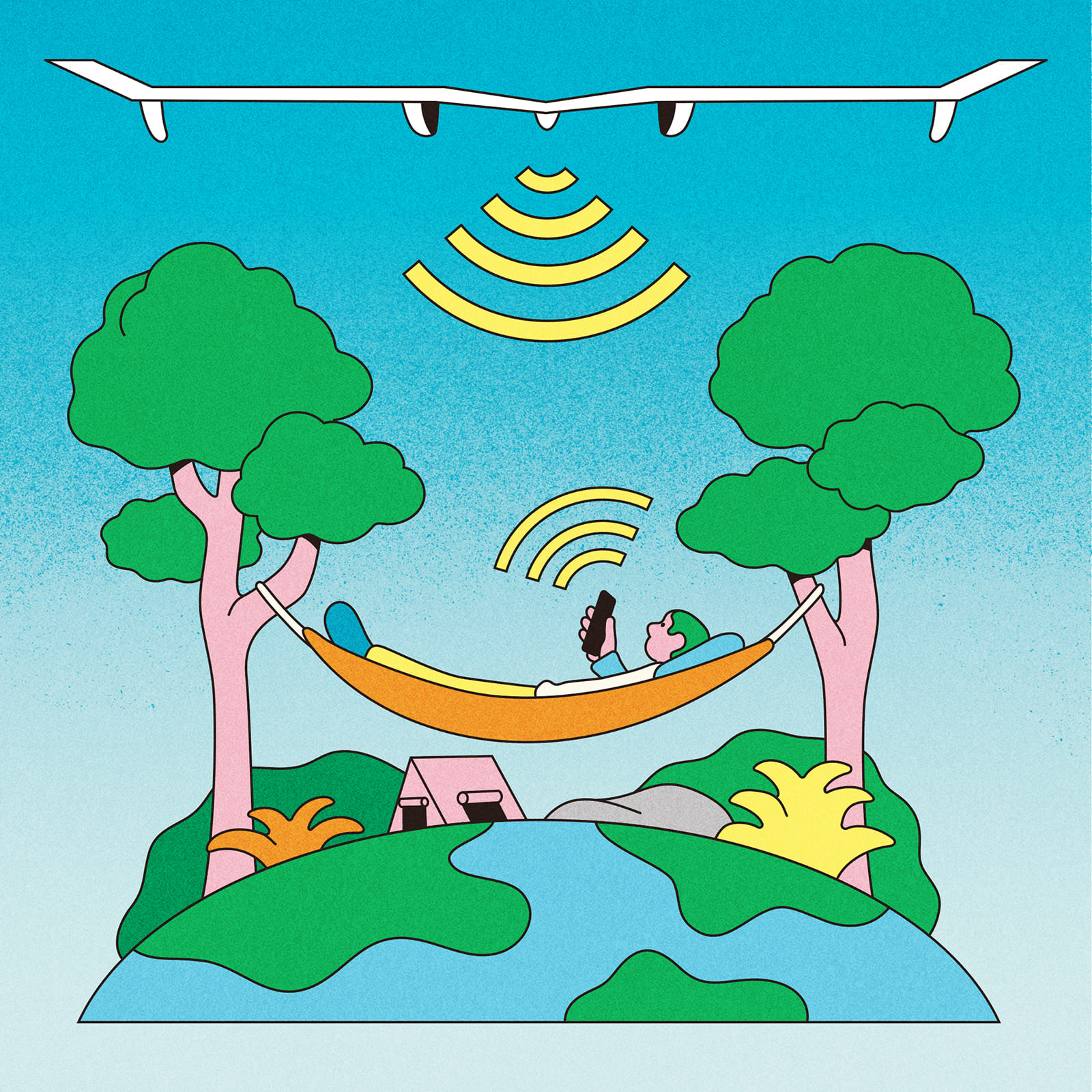
SoftBank’s strong points
1.Stepped up sustainability efforts in 2021, when Junichi Miyakawa became president
2.Won the Grand Prize of the Nikkei SDGs Management Awards for two consecutive years and is in the Dow Jones Best-in-Class World Index
3.Is building a large data center premised on procuring renewable energy
4.Aims to contribute to reducing Scope 3 indirect emissions through the development of semiconductor and AI technologies

SoftBank Corp., one of the three largest telecommunications carriers in Japan, is not included in the climate change category of the CDP’s 2024 A List, although the international nonprofit did list its rivals NTT Inc., the parent of NTT Docomo Inc., and KDDI Corp.
All three have pledged to achieve carbon neutrality and net-zero emissions and have been working to strengthen their sustainability initiatives.
And in 2020 or 2021 all three set a goal of reducing Scope 1 and 2 direct and indirect greenhouse gas emissions to net zero by 2030. SoftBank was the first one to set a net-zero target that included Scope 3 indirect supply-chain emissions, aiming for 2050, but the targets that KDDI and NTT Docomo set later aimed to achieve them 10 years earlier.
SoftBank may seem to be a little behind, but one cannot measure the seriousness of its full commitment to sustainability by the above facts alone.
Dow Jones and FTSE4Good
In November 2024, SoftBank received the Grand Prize in the sixth Nikkei SDGs Management Awards, which recognize advanced companies that contribute to efforts to achieve the U.N. sustainable development goals, for the second consecutive year. The awards were based on the Nikkei Comprehensive Sustainability Survey of 887 listed companies. SoftBank became the first company to win the Grand Prize for two years in a row.
Around the same time, the Nikkei newspaper also announced the GX500 ranking of companies based on their efforts in promoting green transformation (“GX”) initiatives. On this list, too, SoftBank was ranked first for the second consecutive year in 2023. This remarkable outcome was thanks to a 32-percentage-point rise in the ratio of SoftBank’s use of renewable energy over three years to 51% in fiscal 2023. NTT ranked fourth with 42% and KDDI ninth with 29%, both respectable standings. In fiscal 2024, SoftBank maintained its lead by further increasing its ratio to 61%.
SoftBank also has a high reputation internationally. It was among the 321 companies listed as constituents in the 2024 edition of the Dow Jones Best-in-Class World Index, for the third consecutive year. The index included 37 Japanese companies, and SoftBank was the only one from the telecommunication services industry.
In the same year, the company was also selected as a constituent of the FTSE4Good Index Series for the fifth consecutive year, earning the highest score among Japanese companies.
These results are a far cry from the CDP evaluation.
“Our CDP climate change rating was an A- from 2021 to 2023, and so we were expecting an A in the 2024 edition,” said Masato Ikeda, the head of SoftBank’s CSR (Corporate Social Responsibility) Division and senior director of the ESG Planning & Management Office. “But they changed the response format a few years ago, and we filled it out the wrong way. That resulted in a B rating.”
SoftBank Executive Vice President and Chief Human Resources Officer Fumihiro Aono, who also oversees sustainability strategy, said: “Since (President and CEO Junichi) Miyakawa took the helm of the company in April 2021, we have placed sustainability at the center of management and worked to promote it together with new businesses. I think this has been highly evaluated” overall. (See the article in the box.)
Behind this lies Miyakawa’s strong sense of crisis. Ikeda recalled a discussion he had with him on sustainability measures about five years ago.
“Miyakawa asked me, ‘AI and IoT (the Internet of Things) are causing a data explosion. Can you imagine how much power we will need?’ and I was stuck for an answer,” Ikeda said. “Then he said, ‘We’re going to need the output of six to seven large thermal power plants combined, give or take.’ Unlimited use of data communication is now commonplace, and the use of AI is growing. So Miyakawa had this question: ‘Shouldn’t we do something about it?’ And I think his sense of crisis was what started it all.”
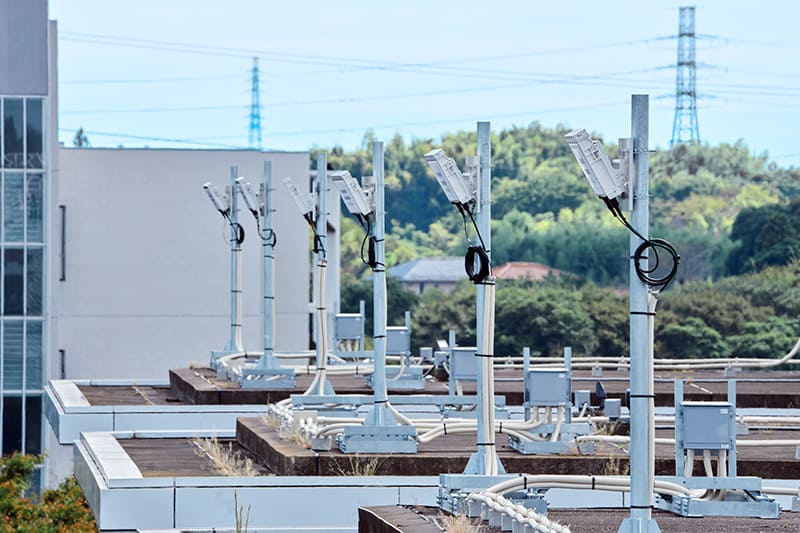
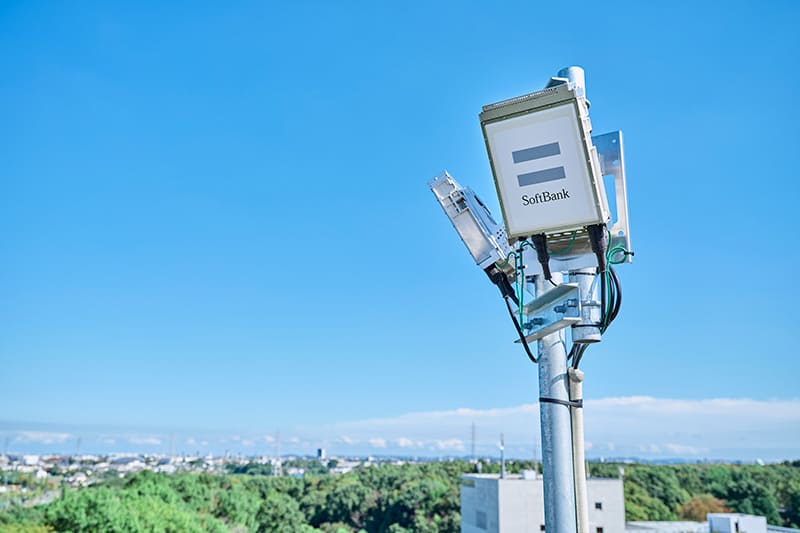
AI-RAN antennas are being developed by SoftBank with international partners to distribute AI processing for phones and save energy.
COURTESY: SOFTBANK CORP.
Green data centers
In May 2021, the month after Miyakawa took the helm, SoftBank announced its commitment to reducing its Scope 1 and 2 emissions to net zero by fiscal 2030. It also said it would aim to shift all of its energy sources to renewables.
About 60% of those emissions are from its wireless base stations, installed in about 230,000 locations. The company decided to begin by accelerating the transition of all of them to renewable energy, and stepped up its efforts to secure long-term purchase agreements via its subsidiary SB Power Corp.
In its May 2023 results announcement, SoftBank said it had signed a 20-year contract to procure 2 billion kilowatt-hours of renewable energy annually, and it established a road map to raise the ratio of renewable power to 50% by 2030 and combine this with the purchase of nonfossil certificates issued for renewable energy sources to increase its effective ratio of renewable energy to 100%.
The goal beyond that was to increase the ratio of renewables to 100% without having to buy certificates. The problem was, SoftBank and its group companies planned to build a large data center that would use artificial intelligence. Procuring renewable energy for base stations alone would not be enough. Thus, the group came up with the idea of a data center powered by renewables.
In November 2023, SoftBank announced that by fiscal year 2026 it aimed to open a 50-megawatt data center with a site area of 700,000 square meters — one of the largest such facilities in Japan — in the Hokkaido city of Tomakomai. The plan is to make it a green data center powered by renewable energy generated in Hokkaido.
Eventually, the company plans to increase the center’s power capacity to over 300 MW, equivalent to the power consumption of 100,000 households. But, Ikeda said, “We won’t expand it unless we can secure renewable energy” in sufficient amounts to power it. “So this new large data center is a project that depends on whether we can procure sufficient green power.”
SoftBank plans to build another large data center elsewhere in Hokkaido and more in the Kanto, Kansai and Kyushu regions, and aims to have all of them procure renewable energy within their respective regions.
The attitude of prioritizing securing renewable energy over business interests is a testament to SoftBank’s seriousness in its efforts on carbon neutrality and net zero, but the company’s notable efforts are not limited to the area of renewable energy.
Distributed AI processing
SoftBank also focuses efforts on developing technologies to reduce power consumption. That is because it is not possible to reduce Scope 3 emissions, whose amount is enormous, only by procuring renewable energy.
In fiscal 2023, the combined greenhouse gases emitted by SoftBank and its key subsidiaries totaled the equivalent of about 980,000 tons of carbon dioxide. About 95% of this amount was Scope 3, in the upstream and downstream of the supply chain, including the procurement of smartphone- and telecommunications-related components and materials.
Increasing renewable energy for base stations and data centers is estimated to be able to reduce SoftBank’s total emissions by 5% at most. It will be difficult to stop emissions unless SoftBank brings about a supply chain revolution in cooperation with smartphone suppliers, which account for the majority of its Scope 3 emissions, or a battery revolution.
Moreover, the power consumption of smartphones has been increasing year by year as more advanced features are added, including artificial intelligence. Emissions is not a problem that can be addressed by telecommunications carriers alone. Nevertheless, Aono said, “There are things we can do, although it may be difficult for us to change smartphones directly.”
One of them is its involvement in semiconductor chips. SoftBank Group Corp., the parent of SoftBank, has Arm, a U.K.-based semiconductor design company, under its umbrella. “Ninety-nine percent of the chips in smartphones are said to use Arm’s designs,” Aono said. “It is possible to impact smartphones worldwide by helping reduce the energy consumption of these chips.”
SoftBank is working with the U.S. GPU giant Nvidia Corp. on research and development in the area of AI processing, a major factor in projected increases in power consumption. In addition to building AI data centers that utilize the latest chips with reduced power consumption, SoftBank and other leading telecommunication- and AI-related players have established an international industry group, the AI-RAN Alliance.
The group is a grand undertaking, with SoftBank playing a central role and participants including, in addition to Nvidia and Arm, the U.S. companies Amazon Web Services Inc. and Microsoft Corp., Finland’s Ericsson and South Korea’s Samsung Electronics Co. The aim is to build an innovative AI processing platform called AI-RAN, which fuses AI and radio access networks, the foundation of mobile phone networks.
It is an attempt to distribute AI processing by organically connecting large-scale facilities, including the aforementioned Hokkaido Tomakomai AI Data Center, with AI processing platforms installed at hundreds of thousands of wireless base stations. Relying on data centers for all processing needs would be slower and require more power. By sharing the processing between data centers and base stations, it is possible to eliminate unnecessary communications and reduce overall power consumption and delays.
As smartphone functionality has become more sophisticated, one trend is to have phones do some AI processing themselves. However, this increases their power consumption and can put a heavy load on them.
If AI processing can be done by base stations that run on renewable energy, “it will help reduce power consumption on smartphones,” Ikeda said. “We of course expect AI-RAN to improve processing power, but we also expect it to serve as a key technology to help reduce the power consumption of communication networks.”
‘Base stations in the sky’
There are other diverse technological development efforts for the future underway at SoftBank.
High-altitude platform stations that the company has been developing since 2017 would be “base stations in the sky,” communications platforms about 20 kilometers up in the stratosphere. HAPS aircraft use batteries and solar power to fly and would consume less power to cover a range of 200 km than base stations on the ground. Being an early starter, SoftBank has some of the world’s leading patents in this field.
Compared to satellites, HAPS aircraft would be closer to the ground and have lower latency, and could land for maintenance. Although they could not replace all base stations in urban areas or inside buildings, they are expected to be used for Internet of Things applications, emergency communications and in sparsely populated and ocean areas. In September 2023, SoftBank successfully conducted the world’s first 5G connectivity test from the stratosphere. Currently, it is in the process of developing the unmanned vehicles and aims to accelerate commercial introduction of the technology.
In another effort, it established the SoftBank Next-generation Battery Lab in 2021 to explore ways to make batteries better and reduce their environmental impact. The lab is evaluating and verifying a wide variety of next-generation batteries from around the world. In October 2021, it successfully verified a lithium-metal battery with a specific energy density more than twice as high as conventional batteries in collaboration with Enpower Greentech Inc., a U.S. company.
SoftBank is developing technologies that will lead to energy savings in wide-ranging locations, from smartphones and base stations to even the stratosphere. It transcends the boundaries of a telecommunications carrier to charge toward the goal of achieving net-zero emissions by 2050.
“To be honest, we don’t have a clear basis or path to achieve net-zero emissions. It’s just a pledge that shows our intention or commitment to achieving it,” Ikeda said. “We don’t try to follow our rivals’ footsteps and set a 2040 goal, but I think we are no less serious in our commitment.”
There is an industry-academia cocreation platform called the Energy Transition Initiative — Center for Global Commons (ETI-CGC), in which the University of Tokyo Center for Global Commons discusses with businesses policies to decarbonize Japan as a whole and help it achieve net-zero emissions. SoftBank is the only telecommunications carrier to participate as a founding member.
“We haven’t reached an answer yet,” Ikeda said. “But the only thing we can do is for us all to sit down and talk, like asking each other, ‘So what can you do on your part?’ and take action, again and again. It’s not possible for us alone to achieve net-zero emissions. It’s not possible for Japan as a whole to achieve net-zero emissions unless all of us work together. That’s the spirit we have in participating in the ETI-CGC.”
The path to net-zero emissions still remains hidden in the fog. But SoftBank accepts uncertainty as a given and does not stop moving forward. The company’s attitude may be a driving force that will change the future.
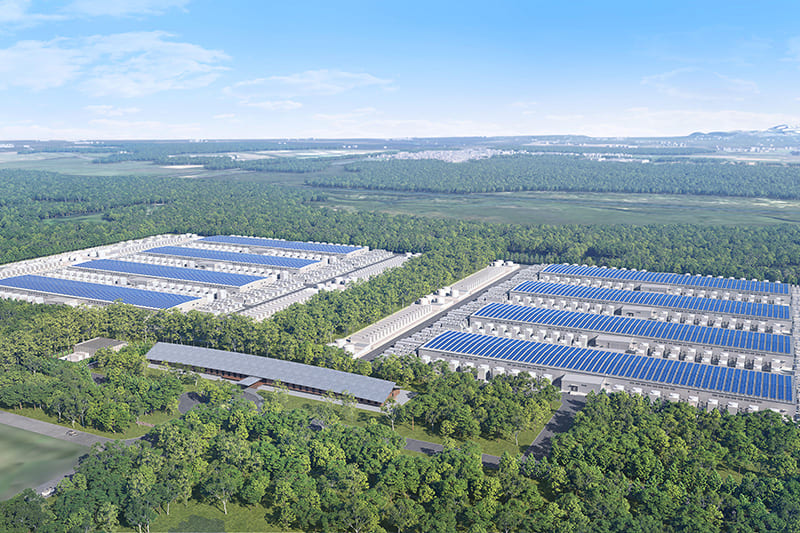
COURTESY: SOFTBANK CORP.
Sustainability at heart of growth strategy
Fumihiro Aono
Executive vice president and executive officer
Why is SoftBank so serious about sustainability? In a nutshell, the answer is, “Because it is consistent with the company’s growth strategy for the future.”
It was while we were aiming to become more than just a telecommunications carrier under the slogan “Beyond Carrier” that Junichi Miyakawa assumed the positions of president and CEO in April 2021 and formulated a fresh growth strategy to ensure SoftBank will grow over the medium to long term.
If we are to become more serious about future growth areas such as artificial intelligence and Internet of Things technology, the amounts of data involved will be huge and enormous amounts of electricity will be used. Naturally, we realized we had to consider introducing renewable energy and geographical decentralization for the sake of procuring electricity, so we made sustainability a major pillar of our strategy.
So, our motivation isn’t the realization that we have to change something or take action because some figures are low. In our minds, sustainability initiatives are at the center of the growth strategy itself, and we recognize that in order for the company to survive for a long time, we must think about sustainability together with our business and take action.
I am glad that these initiatives have been highly evaluated by external bodies, but I am also very glad that they are embraced by our younger employees.
Engagement surveys of employees conducted by our human resources division have clearly shown that our employees are more willing to contribute to the company’s ESG initiatives and vision. So, engagement with the company and pride in their work have increased.
To be honest, I don’t know how our sustainability initiatives impact the share prices or earnings. However, I can say with conviction that — though this may sound old-fashioned — they are connected to the employees’ spirit of dedication to the company. This is another very important factor for our survival.
We play an important role of building social infrastructure, and it is our responsibility to work to promote global environmental sustainability, which is arguably the foundation of our society, among other things. However, since its founding, SoftBank has had a philosophy represented by the slogan “Information Revolution — Happiness for everyone.”
通信キャリアの枠を越えネットゼロへ挑む。
国内3大通信キャリアの一角、ソフトバンク。国際非営利団体「CDP」が公表した気候変動部門の「Aリスト」2024年版には、NTTドコモの親会社であるNTTとKDDIの2社が名を連ねるが、ソフトバンクの名はない。
ソフトバンクだけがやや遅れをとっているように映るかもしれない。だが、同社は全力でサステナビリティに取り組んでいる。これらの事実だけでその“本気度”を測ることはできない。2024年11月、ソフトバンクはSDGsに貢献する先進企業を選出する「第6回日経SDGs経営大賞」を2年連続で受賞。初の快挙となった。
グローバルでの評価も高い。CDP以外の評価が高い理由を、ソフトバンクでサステナビリティ戦略も担当する青野史寛 専務執行役員兼CHROはこう説明する。
「2021年4月に宮川(潤一 社長兼CEO)へと体制が変わって以降、サステナビリティを経営の“ど真ん中”に据え、新たな事業と一体で推進してきたことが評価されているのだと思います」。
背景には、宮川社長の強い危機意識があった。
Return to Sustainable Japan Magazine Vol. 53 article list page

